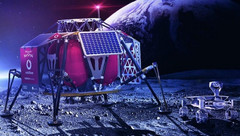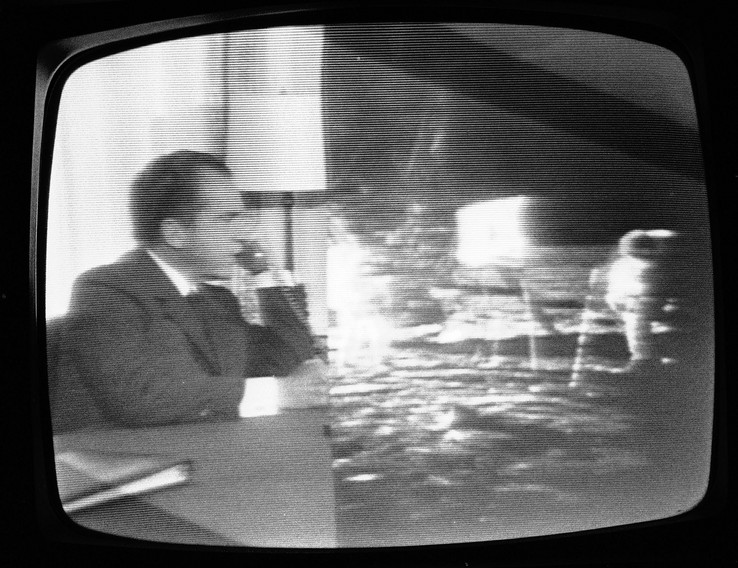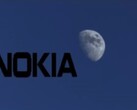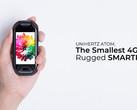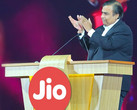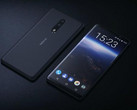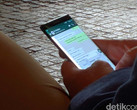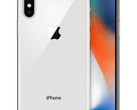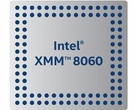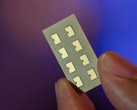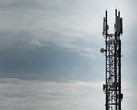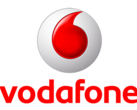Transmitting data from space has always been fraught with challenges due to high latency and the lack of bandwidth to stream high definition video. That might soon be a thing of the past as Vodafone and Nokia are collaborating with Berlin-based PTScientists to deploy the first 4G network on the Moon by 2019. The 4G network will connect two of Audi's Quattro lunar rovers that will approach the Apollo 17 landing site and help stream scientific data and high definition video from the mission's Autonomous Landing and Navigation Module (ALNA) back to Earth.
The privately funded lunar mission is being spearheaded by a German team of scientists working for the company PTScientists, which will be launching the Moon mission from Cape Canaveral on a SpaceX Falcon 9 rocket. The mission aims to land the ALNA near the Apollo 17 landing site and deploy two Audi Quattro rovers to explore the area and study what's left of the last Apollo mission. We are not sure how close the Quattro rovers can get to the vicinity of the abandoned Apollo 17 rover as NASA is still wary about the Apollo 17 mission. One limitation the Audi Quattros have to contend with is that they lack the power to transmit high bandwidth data. What can scientists do to get high quality data from the Quattros while still conserve on energy? Enter Vodafone and Nokia.
The Quattros are lightweight rovers and do not have enough power to transmit heavy data directly to Mission Control in Berlin via the deep space network. To aid in effective high bandwidth data transmission, Vodafone will help deploy an Ultra Compact Network (UCN) developed by Nokia, via Nokia Bell Labs. The UCN weighs less than a bag of sugar (less than 1 kg) and can transmit 4G data using the 1800 MHz frequency band. The UCN can help the Quattros communicate with each other and transmit data and HD video to the ALNA base station, which will then relay the same to Earth's deep space network that is linked to PTScientists' Mission Control in Berlin. Compared to the analog radio signals used in the '70s, 4G is highly energy efficient and this will form the basis for augmenting communications for future missions.
The Apollo 17 was the last of NASA's Apollo series of missions. Headed by astronauts Commander Eugene Cernan, Command Control Pilot Ronald Evans, and Lunar Module Pilot Harrison Schmitt, the mission helped in exploring the Taurus-Littrow valley on the Moon in December 1, 1972. Back then, the primary communication was via an analog Unified S-Band radio that could trasmit 51.2 kbps of data. Establishing a modern telecommunications network on the Moon would enable scientists on Earth to conduct advanced lunar research, which can have huge implications for humanity as a whole.




